Faculty Research Specialties
- Archaeology: First Americans (PaleoAmerican) archaeology; ecological archaeology (including palynology, paleoethnobotany, and diet); lithic and ceramic technology; hunter-gatherers; warfare; geoarchaeology; zooarchaeology
- Biological Anthropology: hominin evolution especially in Pliocene and Pleistocene periods; bioarchaeology, paleodiet; primate behavioral ecology and conservation
- Cultural Anthropology: globalization and transnational processes; human behavioral ecology; economic anthropology; folklore; African diaspora
- Nautical Archaeology: ship construction; seafaring through the ages; maritime commerce, cargoes and ports; artifact conservation methods
The Department of Anthropology is home to two research centers, the Center for Maritime Archaeology and Conservation (CMAC) and the Center for the Study of the First Americans (CSFA), which represent the department’s two primary research strengths.
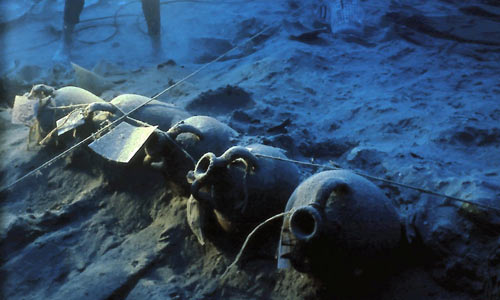
High-Profile Research in Anthropology
In the past few years, several research projects affiliated with the Department of Anthropology at Texas A&M University have been featured in the media:
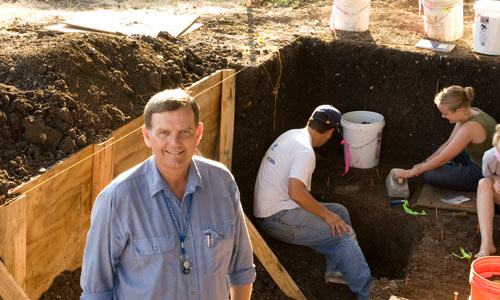
Dr. Michael Waters, as the Director for the Study of the First Americans, is the Principal Investigator for an archaeological excavation in Texas that confirms the existence of a pre-Clovis culture in the Americas. The site contains over 15,000 stone artifacts, dating between 13,000 and 15,500 years ago. This discovery made national and international headlines in March 2011. Dr. Water’s research, documenting the existence of pre-Clovis cultures in Texas and Washington state, was featured in two different issues of the journal Science in 2011.

Dr. Darryl de Ruiter is one of the principal researchers involved with the study of Australopithecus sediba, a new hominin species recently discovered in South Africa. Dr. de Ruiter analyzed the crania, jaws and teeth, and conducted the isotopic analysis. This discovery made national and international headlines in April 2010. The results of this research have been published in the journals Science and Nature. He is also a principal researcher involved in the study of Homo naledi, a new Middle Pleistocene hominin species recently discovered in South Africa, the announcement of which was made in 2015 in the open-access journal eLIFE.
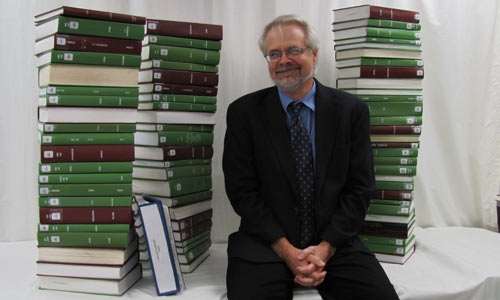
Dr. Kevin Crisman, Director of the Center for Maritime Archaeology and Conservation, has played a key role on the research team investigating the mysterious shipwreck discovered at the World Trade Center. This story was in the news in September 2011.
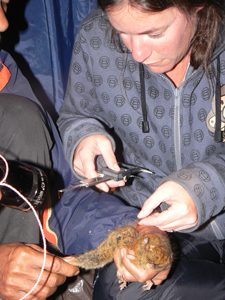
Dr. Sharon Gursky served as the leader of an expedition that (re)discovered the pygmy tarsier in Indonesia, a rare primate species that was thought to be extinct. Gursky also recently co-authored a study revealing that Philippine tarsiers (Tarsius syrichta) vocalize messages to one another utilizing ultrasonic frequencies outside of the range of human hearing.

Dr. Vaughn Bryant, Directory of the Palynology Laboratory, has been conducting forensics analysis in an effort to help U.S. Immigration and Customs officials detect illegally imported honey. This story has been reported in the media several times in 2010 and 2011.
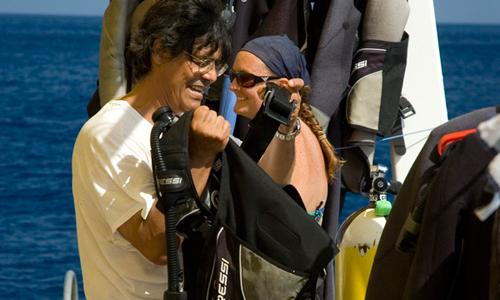
Dr. Cemal Pulak directed the underwater excavation of the Uluburun shipwreck, a Late Bronze Age shipwreck discovered off the coast of Turkey. In 2009, artifacts from the 3,300 year-old shipwreck were on display at the Metropolitan Museum of Art in New York City. A new exhibit of Uluburun shipwreck is underway at the British Museum in London, and is scheduled to open in 2013.
Graduate Research
Many of our graduate students, former and current, have engaged in research projects throughout their time in the department. These projects vary in geographical region, topic, and research methods, but all are unique to the students who have taken on and are devoted to these projects. To see what some of our graduate students are up to in the field, view our Graduate Research Interactive Map to see where and what they have been doing.
If you are a current graduate student in the Department of Anthropology, and would like to have your research project(s) included on this interactive map, please contact Hyein Kim hyeinkim@tamu.edu.
